#NeurologicalHealth
Explore tagged Tumblr posts
Text
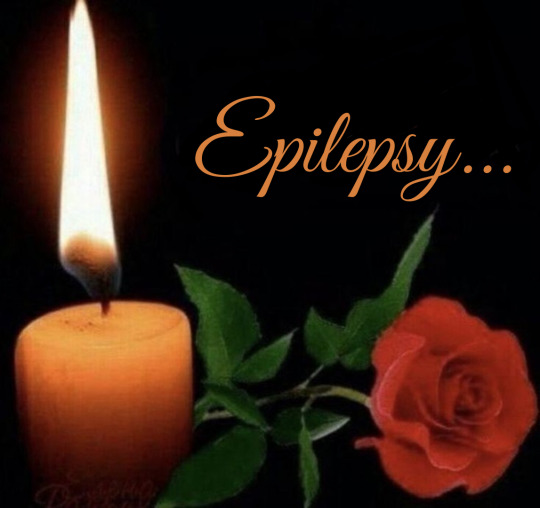






more epilepsy memes bc I just might go insane
#actually epilepsy#epilepsy stuff#epilepsy memes#epileptic#actually epileptic#epileptic problems#epilepsy#non epileptic seizures#seizures#actually neurodivergent#neurological disability#neurological conditions#neurologicalhealth#neurology#mine
75 notes
·
View notes
Text
I have visual snow syndrome and this is what it looks like irl if anyones interested
It gets worse in times of stress and in the dark, i also see light images? (Not sure how to describe this) like if im looking at something and look away i still see it, kind of like if you stare at a light and look away you still see it. (This is called Palinospia and can come with Virtual snow syndrome) Virtual snow syndrome is more common in males and is also more common in people with Anxiety, ADHD, Autism spectrum disorder, Depression, Dyslexia, Fibromyalgia, a history of hallucinogenic drug use, Migraine with aura, Myalgic encephalomyelitis/chronic fatigue syndrome, Tinnitus, or a traumatic brain injury (TBI) It also can cause light sensitivity, kaleidoscope vision, and photopsia. The nerve cells in the brains of people with visual snow syndrome may be too responsive to visual stimuli. These very sensitive nerve cells mistakenly send signals to the brain. The brain interprets them as real images. I have asd and visual snow syndrome, if you have visual snow syndrome im curious do you have any of the things its common in, and which symptoms do you have?
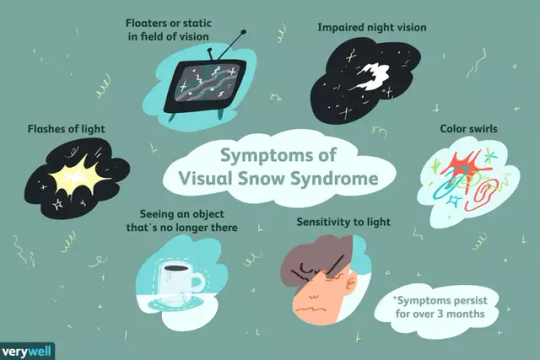
I have all these things with it
#visual snow syndrome#neurologicalhealth#visual processing disorder#brain abnormality#neurodivergent#asd#autism
87 notes
·
View notes
Text

"Angelic Warrior"
Today is Functional Neurological Disorder (FND) Awareness Day. I struggled to finish this piece in time to post it because I wanted everyone who suffers from this illness to know they're not alone. My FND symptoms are challenging me now, so I'm asking a family member to type this for me - one of my "angelic warriors". Remember- we can't fight this alone and we all need our personal angels - whether that's family, friends, faith, or something else. I hope my painting inspires you to keep pushing through the challenges - you're not alone and we're not defined by this illness.
#fnd awareness#art#painter#painting#art on tumblr#original art#small artist#art series#artists on tumblr#acrylic#acrylic painting#angel#angel painting#angelic#fnd#functional neurological disorder#neurological disability#neurological conditions#neurologicalhealth#unity#never alone#not alone after all#inspiration#inspriational#hope and joy#hope#faith#guardian angel
6 notes
·
View notes
Text
Biden refuses to take a cognitive or neurological test in his first post-debate TV interview
#genocide joe#anti joe biden#president biden#joe biden#biden administration#biden#blue maga#cognitive#functional neurological disorder#neurological disability#neurologicalhealth#neurologicaldisease#anti donald trump#crooked donald#donald trump#traitor trump#fuck trump#trump#maga cult#fuck maga#maga morons#magats#maga#usa is a terrorist state#usa news#usa politics#usa#american indian#american#america
14 notes
·
View notes
Text
Function of Brain Stem
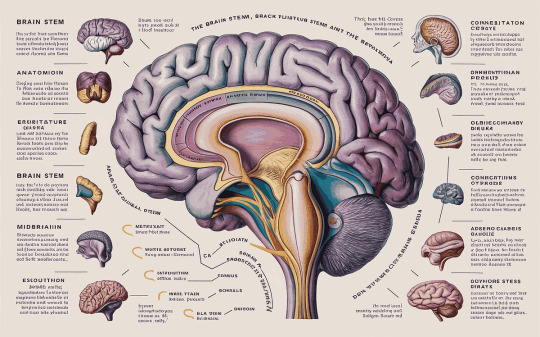
Introduction
The brain stem, often referred to as the “gateway to the brain,” is a vital component of the central nervous system responsible for regulating essential bodily functions and facilitating communication between the brain and the rest of the body. Comprising the midbrain, pons, and medulla oblongata, this intricate structure plays a crucial role in sustaining life and maintaining homeostasis.
1. Regulation of Basic Life Functions
At the core of its function, the brain stem governs fundamental physiological processes necessary for survival, including heartbeat, respiration, and blood pressure regulation. The medulla oblongata, situated at the base of the brain stem, serves as a control center for autonomic functions, such as breathing rate and heart rhythm, by monitoring sensory input and orchestrating appropriate responses.
2. Conduction Pathway for Sensory and Motor Signals
As a conduit between the brain and the spinal cord, the brain stem serves as a relay station for sensory information from the body to the brain and motor commands from the brain to the body. Nerve fibers ascend through the brain stem carrying sensory impulses towards the brain for processing, while descending fibers convey motor signals from the brain to the spinal cord, coordinating voluntary movements and reflex actions.
3. Integration of Reflexes
The brain stem plays a pivotal role in mediating reflex actions, automatic responses that occur in response to specific stimuli without conscious effort. Reflex arcs involving sensory receptors, afferent nerves, interneurons within the brain stem, and efferent nerves facilitate rapid, involuntary reactions to stimuli, such as withdrawing from pain or adjusting posture to maintain balance, ensuring swift and adaptive responses to environmental changes.
4. Control of Arousal and Consciousness
Crucially, the brain stem regulates levels of consciousness and arousal, exerting influence over wakefulness, alertness, and sleep-wake cycles. The reticular formation, a network of nuclei spanning the brain stem, modulates neural activity to promote wakefulness during periods of stimulation and facilitate transitions into sleep or altered states of consciousness, underscoring its pivotal role in regulating the overall level of cognitive awareness.
5. Coordination of Cranial Nerve Functions
Integral to its function, the brain stem houses nuclei responsible for controlling several cranial nerves involved in sensory perception, motor control, and autonomic regulation of organs in the head and neck region. By coordinating the activities of these cranial nerves, the brain stem facilitates crucial functions such as vision, hearing, facial expressions, swallowing, and maintaining cardiovascular and respiratory homeostasis.
6. Facilitation of Postural Control and Balance
Moreover, the brain stem contributes to postural control and balance through its connections with the cerebellum, a structure located at the base of the brain. By integrating sensory feedback from the body and coordinating motor commands, the brain stem helps maintain stability and equilibrium, enabling smooth and coordinated movements essential for navigating the environment safely.
7. Modulation of Autonomic Functions
Additionally, the brain stem modulates autonomic functions, regulating visceral activities such as digestion, urination, and sexual arousal through its influence on the autonomic nervous system. Sympathetic and parasympathetic pathways originating in the brain stem orchestrate physiological responses to stress, rest, and various internal and external stimuli, ensuring adaptive adjustments to maintain internal balance and respond to changing environmental demands.
8. Regulation of Cardiovascular and Respiratory Functions
Furthermore, the brain stem plays a central role in regulating cardiovascular and respiratory functions, ensuring the delivery of oxygen-rich blood to tissues and organs and maintaining optimal gas exchange in the lungs. Through specialized nuclei and reflex pathways, the brain stem modulates heart rate, blood pressure, and breathing patterns in response to physiological needs and environmental cues, safeguarding vital organ perfusion and metabolic balance.
9. Contribution to Neuroendocrine Control
Lastly, the brain stem contributes to neuroendocrine control by serving as a bridge between the nervous system and the endocrine system. Hypothalamic nuclei within the brain stem integrate neural and hormonal signals, regulating the release of pituitary hormones that govern various physiological processes, including growth, metabolism, reproduction, and stress responses, thereby exerting profound influence over systemic homeostasis and adaptation.
Conclusion
In summary, the brain stem embodies the intricate interplay between neural structures and physiological functions, serving as a linchpin of the central nervous system’s regulatory machinery. Its diverse roles encompass vital autonomic, sensory, motor, and integrative functions essential for maintaining life, consciousness, and adaptive responses to internal and external stimuli. Through its complex networks and dynamic interactions, the brain stem exemplifies the remarkable complexity and resilience of the human brain, underscoring its paramount importance in sustaining health, vitality, and cognitive function.
FAQs
1. What is the primary function of the brain stem? The brain stem is responsible for regulating essential physiological functions, including breathing, heart rate, and blood pressure, as well as controlling basic involuntary movements like swallowing and vomiting.
2. How does the brain stem connect the brain to the rest of the body? The brain stem serves as a conduit between the brain and the spinal cord, facilitating the transmission of sensory and motor signals to and from the body’s peripheral nervous system.
3. What are the major anatomical divisions of the brain stem? The brain stem comprises three main regions: the medulla oblongata, the pons, and the midbrain, each with distinct structures and functions contributing to overall neural regulation and coordination.
4. How does the brain stem contribute to consciousness and arousal? The reticular formation, a network of nuclei located throughout the brain stem, plays a critical role in regulating wakefulness, attention, and arousal levels by modulating the activity of cortical and subcortical brain regions.
5. What happens when the brain stem is damaged? Damage to the brain stem can result in profound neurological deficits, including loss of consciousness, impaired vital functions such as breathing and heart rate, and disturbances in sensory and motor control, depending on the extent and location of the injury.
12 notes
·
View notes
Text
Btw ADHD can affect your neurological functions.
Simplified;
Neurological refers to nerves and more specifically, the strength of the connection between your brain and the nerves in the rest of your body. ADHD can affect you neurologically by sending false messages to your brain or not sending messages at all.
False messages mean that a muscle gets a message and is told to move when the brain didn't say that at all. This can make you twitch or move when your brain never sent any message to that area or told it to do something else. Example; you're reading and your hand moves off the book and floats in the air even though you didn't tell it to or your brain told it to flip a page.
Not sending the message means your muscles don't move even when your brain wants to because the brain didn't ACTUALLY send the message and THOUGHT it sent the message. Example; you walk to your room but walk into your door even though your arm muscles should've automatically, off of instinct, moved to open the door.
#adhd problems#adhd things#adhd brain#actually adhd#adhd#neurological disability#neurologicaldisease#neurologicalhealth#neurological conditions#functional neurological disorder
6 notes
·
View notes
Text
From @eturklab on X
@drclairetaylor on X says the following:
This is the study of the year. 🏆
Imagine this after multiple infections.
How are we going to get spike out of the skull&meninges after years? We aren’t. Simple.
*hands over ears. Covid is mild*
What species speeds up its own demise in the name of capitalism and hedonism?

Click View in Twitter to watch video.

4 notes
·
View notes
Text
I have no idea if it's an autism thing or another neurological issue, but does anyone else feel a weird "brain shiver" when tasting strong flavors and you gotta shake your head?? (even for good tasty food)
2 notes
·
View notes
Text
Could anyone share their personal experience with pediatric (specifically teenage) multiple sclerosis?
We've done a *lot* of research, and we think we might have it/might be developing it. Currently trying to push for a doctor's appointment, but our parent has to make that decision so we're just waiting for whenever that happens
Thank y'all
(to prevent any confusion, I am not self diagnosing multiple sclerosis/using this to self diagnose, I'm just slightly anxious and hyper fixating)
#multiple sclerosis#possible multiple sclerosis#neurological disability#neurologicalhealth#neurologicaldisease#disability#pediatric multiple sclerosis
4 notes
·
View notes
Text
couldnt find good epilepsy memes so yeah fine i'll do it myself
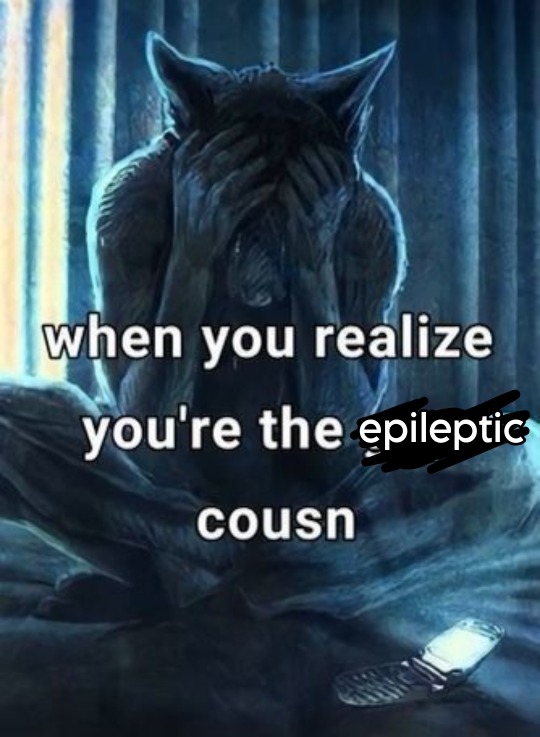
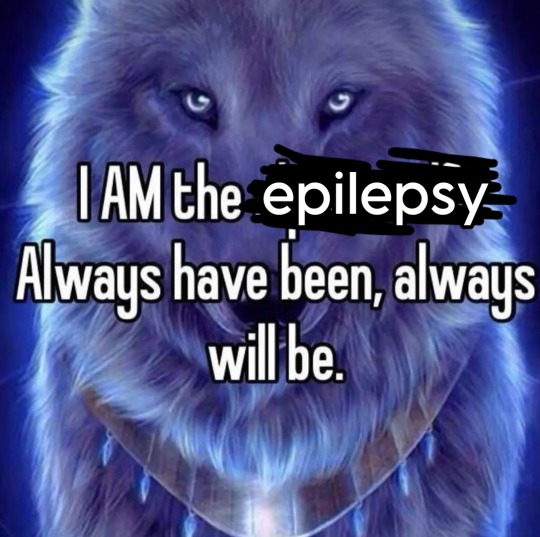
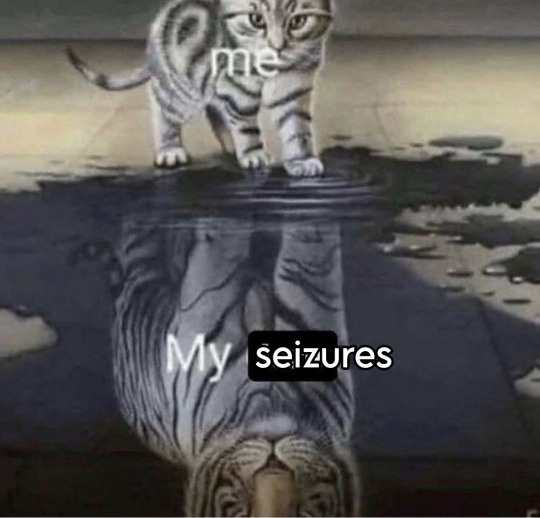



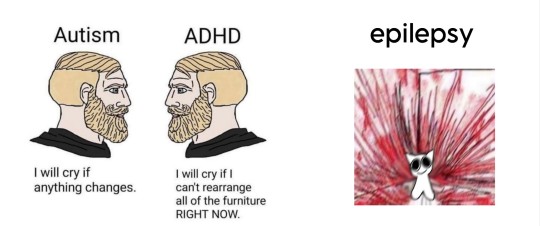
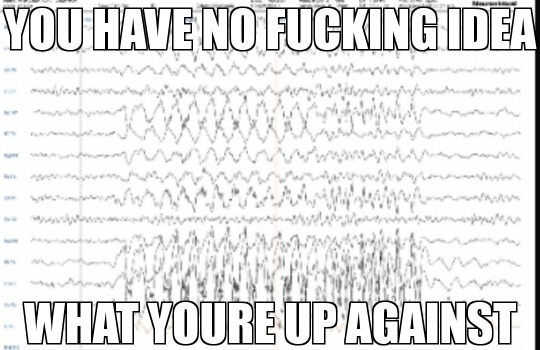
#LMFAOO NO BC THE LAST ONE IS MY EEG#epilepsy moments#actually epileptic#actually epilepsy#epilepsy#epileptic#memes#neurodiversesquad#actually neurodivergent#actually autistic#mine#tommie speaks#neurologicalhealth#neurology#neurological disability#neurological conditions
184 notes
·
View notes
Link
🇨🇳 China accelerates progress in managing #MyastheniaGravis with cutting-edge treatments and diagnostics! 🧠🚀
1 note
·
View note
Text
Citicoline Market Drivers Fuel Growth Across Neurological and Cognitive Health Segments Globally
The citicoline market has been experiencing a significant surge in global demand, primarily driven by increasing awareness of brain health, cognitive function, and neuroprotective benefits. With growing cases of neurological disorders such as Alzheimer’s, Parkinson’s, stroke-related complications, and brain injuries, citicoline has become a preferred pharmaceutical and nutraceutical ingredient. These developments are supported by favorable regulatory support and a widening application base.

Rising Incidence of Neurological Disorders One of the most prominent drivers of the citicoline market is the increasing prevalence of neurological disorders worldwide. According to the World Health Organization, over 50 million people globally suffer from epilepsy, while Alzheimer's disease affects more than 55 million. Citicoline, known for enhancing phospholipid synthesis and neuronal membrane repair, has gained attention as an adjunct therapy in managing cognitive decline and stroke rehabilitation. The growing burden of these diseases significantly contributes to the escalating demand for citicoline-based medications and supplements.
Expanding Geriatric Population Fuels Demand The global aging population is another major factor accelerating the market. By 2030, it is projected that 1 in 6 people in the world will be over age 60. As the elderly demographic is more vulnerable to cognitive decline and memory impairment, the need for cognitive enhancers like citicoline is intensifying. This shift has encouraged pharmaceutical and nutraceutical firms to invest in advanced citicoline formulations tailored for aging consumers, further boosting the market’s growth prospects.
Cognitive Health and Wellness Trends The increasing interest in brain health supplements among younger demographics has added a new dimension to market drivers. Consumers in their 20s and 30s are turning to nootropic supplements for mental clarity, focus, and productivity enhancement. Citicoline, being a clinically studied, well-tolerated nootropic, is becoming a core ingredient in premium wellness and cognitive performance products. This growing health and wellness trend is reshaping the way citicoline is marketed and consumed.
Government and Regulatory Support Government-backed initiatives promoting mental health awareness and rehabilitation services for stroke and trauma patients are also driving the citicoline market forward. Several countries have approved citicoline as a prescription drug or dietary supplement, simplifying its accessibility. Regulatory agencies recognizing the safety and efficacy of citicoline have helped build consumer trust and encourage widespread use, especially in therapeutic contexts.
Pharmaceutical and Nutraceutical Industry Innovation Citicoline is being reformulated in new and diverse delivery formats — including capsules, powders, and ready-to-drink solutions — to meet varied consumer needs. These innovations improve bioavailability, taste, and ease of consumption, appealing to both patients and healthy individuals. Additionally, strategic partnerships between pharmaceutical companies and contract manufacturers are enhancing product development pipelines, addressing the needs of different target segments across regions.
Increased Research and Clinical Studies Growing investment in research and clinical trials focused on citicoline’s efficacy for brain-related conditions is a pivotal driver. Published studies have highlighted citicoline’s neuroprotective, memory-enhancing, and attention-improving capabilities. With scientific evidence reinforcing market confidence, both consumers and healthcare professionals are increasingly recommending citicoline-based products. This research-backed foundation is key to expanding its acceptance globally.
Rising Awareness in Emerging Economies In emerging economies such as India, Brazil, and Southeast Asian nations, awareness campaigns about cognitive health and brain injury treatments are pushing the demand for citicoline. As healthcare infrastructure improves and the middle-class population becomes more health-conscious, these regions are emerging as new growth frontiers. Local manufacturers and distributors are actively promoting citicoline as part of over-the-counter brain health solutions.
Conclusion The citicoline market is firmly positioned on a growth trajectory, fueled by a combination of clinical demand, lifestyle trends, and product innovations. From aiding in stroke recovery to enhancing cognitive performance in healthy adults, citicoline is attracting attention across the healthcare and wellness spectrum. As more research unfolds and global awareness rises, the drivers propelling this market will continue to strengthen, opening up expansive opportunities for both existing players and new entrants.
0 notes
Text
Tingling or numbness in your limbs might seem minor—but sudden or severe symptoms can point to serious conditions like strokes or nerve damage. This video shows when it’s time to seek emergency care fast. Feel something unusual? Visit The Emergency Center now.
0 notes
Text

#OZINE-PR 💊#OpdenasLifesciences#MigraineRelief#BloodPressureCare#PreventMigraines#HeadacheSolution#NeurologicalHealth#PharmaInnovation#TrustedMedicine#HealthcareIndia#PharmaceuticalCare#NoMoreMigraines#WellnessFirst#SRTablet#Flunarizine#Propranolol
0 notes
Text
Fluoridation is an ongoing concern for many.
Fluoride has been associated with health risks including dental fluorosis, endocrine disruption, and potential neurodevelopmental harm, according to studies by Harvard University and the National Toxicology Program. https://www.hsph.harvard.edu/news/features/fluoride-childrens-health-grandjean-choi/
Recently, Florida and Utah passed statewide fluoride bans, while other states are currently considering similar legislation.
This may be a good time to reach out to your state senators and representatives in support of this legislation. Or, to start initiatives in states where it's not happening already.
If you would like a letter template created to use for senators and representatives in your state, please let me know.
To check what's happening in your local area:
🗺️ Fluoride Action Network – State Fluoride Database
Fluoride Action Network's State Fluoride Database
Provides state-specific information on fluoridation, including whether towns are fluoridated, chemicals used, and recent legislative actions. https://fluoridealert.org/researchers/states
America's Health Rankings – Water Fluoridation Data
Offers national and state-level data on the percentage of the population served by fluoridated water systems, with state-by-state comparisons.
Link: https://www.americashealthrankings.org/explore/measures/water_fluoridation
✅️ States with Active or Recent Legislative Proposals
Arkansas: Legislation has been filed to repeal the state's fluoridation requirement, allowing local voters to decide on fluoridation through elections.
Kentucky: House Bill 16, passed by the House in February 2025, proposes making water fluoridation optional by removing the current state mandate that requires water systems serving over 3,000 customers to add fluoride. The bill is now under consideration in the Senate.
Louisiana: A bill proposing to ban fluoride from public water systems has cleared the state Senate Health and Welfare Committee and is under further consideration.
Massachusetts: Senate Bill 460 and House Bill 2548 aim to prohibit the artificial addition of fluoride to municipal water supplies by amending Chapter 111 of the Massachusetts General Laws. These bills are currently under review in the state legislature.
Minnesota: House File 3237 (HF 3237) and Senate File 3424 (SF 3424) propose prohibiting the addition of fluoride to public drinking water statewide. If passed, public water systems would be required to cease fluoridation practices by August 1, 2025.
Nebraska: Legislative Bill 147 seeks to repeal the 2008 mandate requiring communities with populations over 1,000 to fluoridate their water. If passed, the decision to add fluoride would be left to individual municipalities.
South Dakota: Senate Bill 133, introduced in January 2025, would allow municipalities and private water suppliers to determine the amount of fluoride in their drinking water, with a cap of 4 milligrams per liter. The bill has advanced through the Senate Health and Human Services Committee and is pending further legislative action.
Tennessee: Senate Bill 162, introduced in January 2025, aims to prohibit public water system operators from adding fluoride. The bill has been referred to the Senate Energy, Agriculture and Natural Resources Committee.
Texas: Senate Bill 2653, introduced in March 2025, seeks to prohibit fluoride from being added to public water supplies. If enacted, the ban would go into effect on September 1, 2025, with specified fines for violations.
#PublicHealthMatters #informedconsentmatters #fluoridefree #fluoride #CleanWater #humanrights
#informed consent#cleanwater#legislativeaction#fluoride#community action#protect people#safewater#toxic chemicals#endocrinehealth#neurologicalhealth#my body my choice#health#human rights#public health
0 notes
Text
Best Brain doctor in Noida
Looking for the best brain doctor in Noida? Get expert care from experienced neurologists who specialize in diagnosing and treating a range of neurological disorders. With advanced technology and compassionate support, you receive comprehensive brain care for conditions like migraines, seizures, and memory issues. Book your consultation today for trusted neurological expertise.
#BestBrainDoctorInNoida#NoidaNeurology#BrainHealthNoida#CognitiveWellness#MentalHealthMatters#ExpertNeurologist#BrainCare#NeuroscienceNoida#HealthyMind#TopNeurologist#BrainTreatment#NeurologyClinic#NoidaHealthcare#BrainSpecialist#MindHealthExperts#NeurologicalHealth#NoidaDoctor#MentalWellness#WellnessJourney#CognitiveCare
0 notes